STEM Family Night Planning Guide
Post by Dr. Natasha Wilkerson
Originally Posted: March 15, 2016
Updated July 2025
STEM Family Nights are awesome! They generate excitement for STEM in your school and community by allowing students, teachers, and families to explore STEM together in a fun way. I planned my first STEM Night back in November 2016, and after a huge hit, we planned many more. Since then, I have supported over 150 STEM Family Nights that have reached 12,800+ participants across San Antonio! We work with each elementary and middle school campus to create a family night that best fits the school culture. We get the whole school involved from administrators, teachers, coaches, student organizations, and parents to put on a meaningful night of STEM exploration. Learn how you can do this with your campus!
What is a STEM Family Night?
A STEM Family Night is an evening of hands-on science, math, and engineering activities for students and families to complete together. The event includes a range of activities covering different STEM topics and connections to exciting STEM careers. You can select a theme such as space or environment. You may also want to connect with relevant standards, especially during testing season. If you are new to STEM, you can read more about the basics of STEM education here. To get started on your STEM Family Night planning, here are some basic steps to follow. Watch the video or keep scrolling to learn more!
Want to plan your own night? Read on to learn how or jump below to get our all-inclusive planning and activity guide! We also have a distance learning version for an all-virtual STEM Family event!
Step 1: Get Support
A STEM Family Night can be a big undertaking and requires support from school administration and teachers. Reaching out to math and science departments is important for recruiting teacher volunteers and advertising to students, but other departments should also be included. Here are some more ideas for additional support:
Local engineering companies for sponsors, volunteers, or providing raffle prizes
Local universities with science and engineering departments that can provide STEM students to support activities
Parent volunteers to help prepare activities, fundraising, and support event logistics
High school STEM clubs such as robotics that can bring demonstrations or volunteer at a station
Step 2: Choose Activities
Choose activities in advance to allow for teachers to sign-up for stations, use in marketing, and plan logistics. I recommend 6 - 10 stations that can be spread throughout the cafeteria or gym depending on expected participation.
Recommended for Stations:
Quick, hands-on activity that can be completed in under 10 minutes
Accessible to all ages
Opportunity to design and build
Requires only a short list of readily available materials
Wide-range of topics covered to cater to a range of student interests
NOT Recommended for Stations:
Talks or presentations - you may want to have a kick-off talk, but keep it short
Displays from companies that don't include a hands-on component
Overly time-consuming or extensive activities with multiple steps
Same type of activity for all stations
For our STEM night, we had a mix of engineering design challenges, science experiments, math activities, programming and robotics games, and team-building challenges. Below is the list of our selection of STEM stations, but we did all the work for you with station instructions, posters, and family handouts with our all-inclusive STEM Night kit here.
Check out this post for 10 Amazing STEM Family Night Activities that include links to 6 free station activity guides!
Step 3: Logistics
STEM Family Nights will vary depending on school culture and family engagement. In general, a STEM Night should not exceed more than 2 hours. Consider the following:
Is transportation an issue for students? It was for us, so we started immediately after school.
Will food be provided? We had a carnival style theme with a food truck serving kettle corn and slushies. It was a huge hit!
Do families need to RSVP? We made it an open, come and go event for families.
How will you promote the event? We made announcements, posted fliers, called parents, and sent emails. However, the biggest draw was promotion by teachers, especially promises of extra credit.
For space, we considered various options at each school. We decided to spread the stations across the cafeteria plus a few classrooms or library. Below is the Straw Rockets station in the cafeteria. The signs were targets for the students to aim at with their rockets.
See the slideshow below for more station set-up ideas. You can find FREE activity guides for these stations in our free resource library, including this editable packet with flyers, STEM passports, planning timeline, and sign-up sheets!
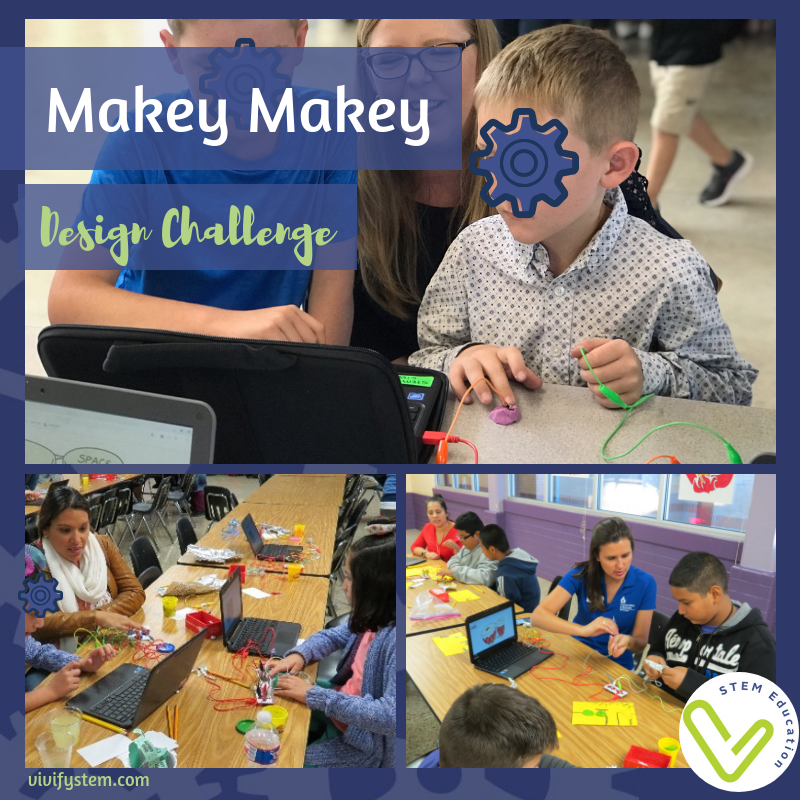
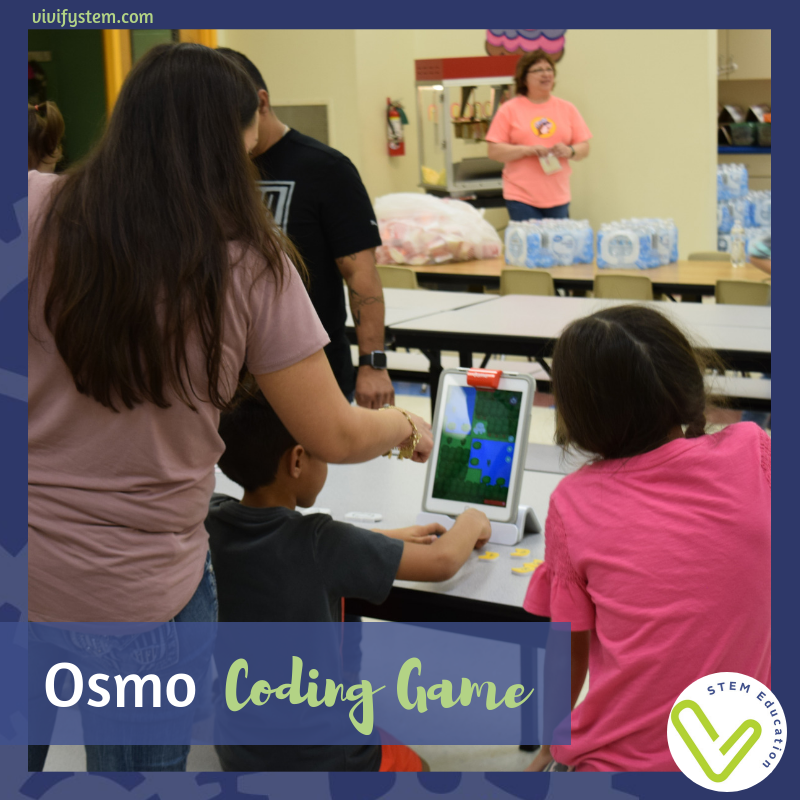
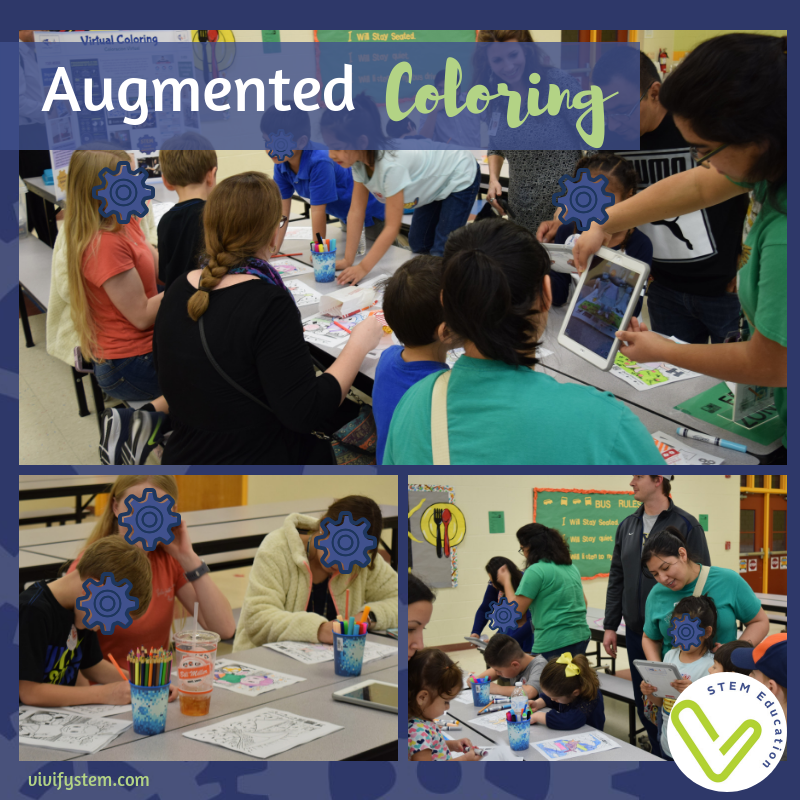
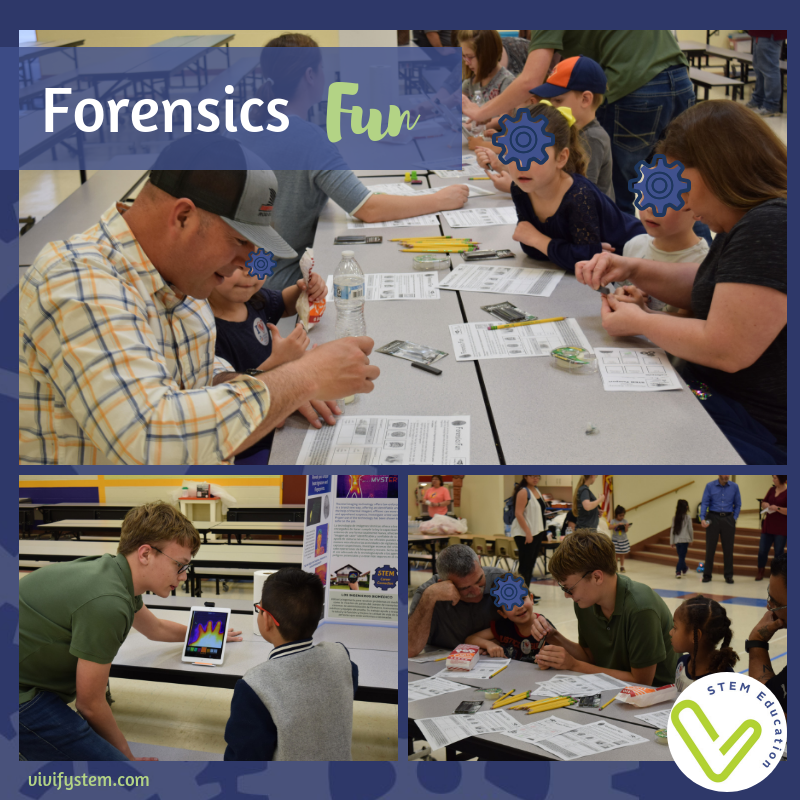
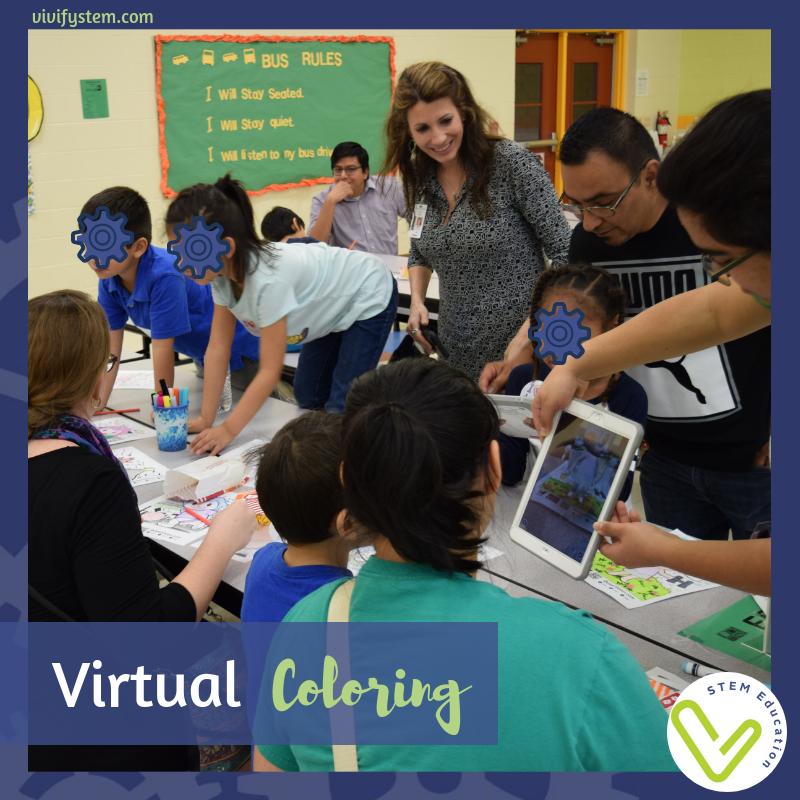
I highly recommend the use of a STEM Passport for your night. Participants receive the passport at the start of the night and get stamps for each completed activity. Passports can be redeemed for a treat or later for extra credit. Plus, the passport can act as a map or menu of the available activities. Our STEM Family Night Planning Guide includes an editable version of this passport. You can also get a FREE standalone editable packet in our free resource library!
Final Thoughts
Provide extra seating for elderly or young children
Make a diagram of activities and present to administration and custodial staff
Create a welcome area with sign-in sheets and STEM Passports
Create signs and a trifold for each station with additional information
Refreshments: Students can be rewarded with a food ticket upon completing a set number of activities. 2 stamps = food ticket
Raffle prizes: Raffle tickets can be another incentive for participation
We hope you find these tips useful for planning your own STEM Family Night! Interested in FREE activities for your own STEM Family Night? Create an account for FREE to access the editable packet, find STEM lessons, and more!
Pitsco Education: STEM Night Bundle!
Host your own hands-on, family-friendly event with this Family STEM Night Bundle, developed in collaboration with Pitsco Education! Assembling such an event on your own can be a logistic challenge, which is why this bundle streamlines the whole process from beginning to end. The Family STEM Night Bundle includes 11 hands-on, super fun stations with enough materials to support up to 100 families to participate!
Best of luck on your STEM Family Night!
Planning a STEM or STEAM Family Night?
From painting with robots to creating a paper circuit, these activities will take your STEM Family Night to the next level! Read on for 10 amazing activities (plus tons of FREEBIES) that will engage the whole family!










